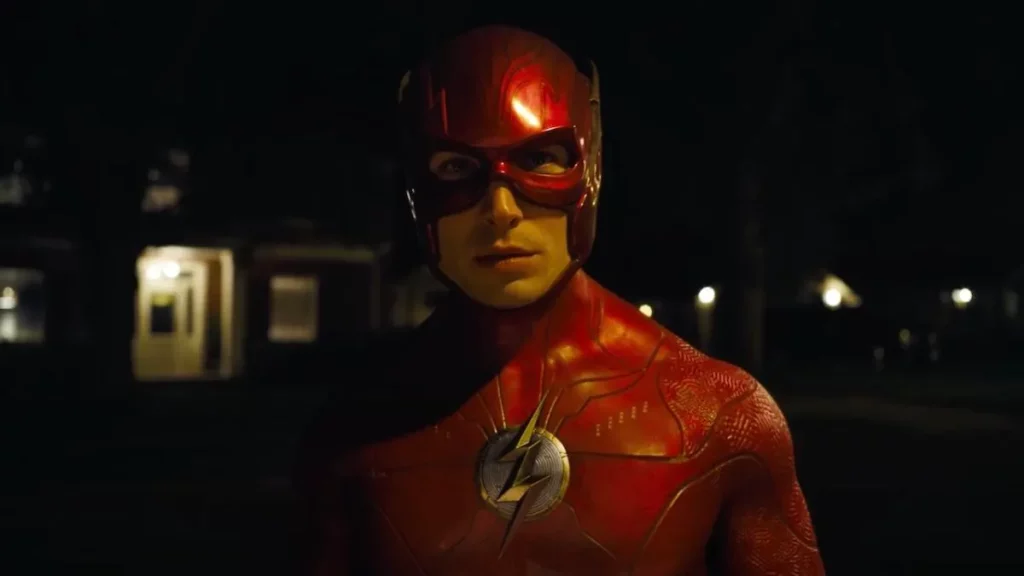In the world of superheroes, where the impossible becomes possible, The Flash stands out not just for his incredible speed but also for the mind-bending scenarios this ability creates. Both the recent DC Universe (DCU) film starring Ezra Miller and the long-running CW television series featuring Grant Gustin highlight the Scarlet Speedster’s prowess. However, they also share a common narrative flaw that stretches the limits of believability and exposes a significant plothole: the depiction of Barry Allen’s computer skills.
A Tale of Two Speedsters: From Small Screen to Big Screen
On television, Grant Gustin’s Barry Allen has captivated audiences for nine seasons with his quick-footed heroics. One of the standout moments in the series occurs when Barry, in his typical lightning-fast manner, races around his office, simultaneously conducting research on multiple computer screens. Similarly, a scene from Ezra Miller’s portrayal shows a comedic yet unbelievable moment where Barry Allen cracks a “Soviet Security Cyberscrotum” system by trying all possible password combinations within seconds, all while poking fun at Batman’s outdated technology.
These scenes, while thrilling and fan favorites, overlook a crucial aspect of reality: the processing capabilities of computers. Barry’s speed, although impressive, shouldn’t outpace the mechanical and electronic limits of the devices he operates. This glaring oversight leads to a logical disconnect that even casual viewers might question.
The Technical Limitations: When Speed Meets Silicon
The core of the issue lies in the fundamental operations of computer systems. No matter how fast Barry is, the computers he interacts with are bound by their own operational speeds. Processing commands, no matter how simple, requires time. This technological limitation presents a significant challenge for someone moving and thinking at superhuman speeds. The result is a narrative inconsistency, where Barry’s abilities seem underutilized or overly stretched to fit dramatic needs.
Audience Reception and Critical Analysis
Despite these discrepancies, both the film and the series have their loyal followings. The CW’s “The Flash” began with strong viewership and critical acclaim, though it experienced a decline in narrative quality over the years. Ezra Miller’s cinematic version, on the other hand, has not fared as well, with disappointing box office returns and mixed reviews, criticizing it as one of the poorest performances in superhero cinema.
A Speedy Oversight
The continued fascination with The Flash’s capabilities underscores a broader trend in superhero media to prioritize spectacle over coherence. While Barry Allen’s super-speed allows for visually stunning sequences, the failure to address the realistic capabilities of technology diminishes the overall believability of these stories. As fans of the Fastest Man Alive, we revel in his adventures but remain keenly aware of the logical leaps required to enjoy them fully. It’s a small price to pay for the thrill of watching him race against time, even if that race sometimes bypasses logic itself.
